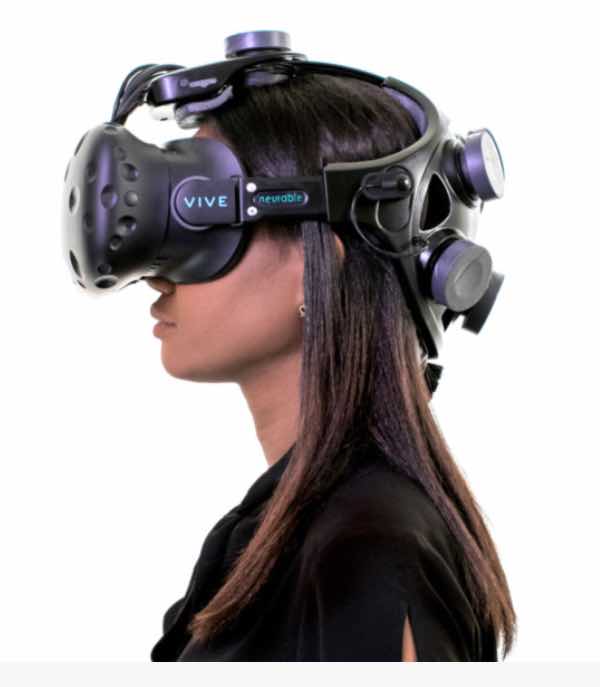When we discuss the vast opportunity of AR and VR systems in the near or not so near future, we often focus on the aspect of creating an acceptable image for the user. I am the first one to throw a wrench in the optimistic views of some analysts that want to make us believe that A/M/V-R devices create good images and are ready to change our lives.

I do not believe that we are there yet, but I also believe that we will eventually get there. Nevertheless, we have to explain why the adoption of any of these devices is so slow. When we look in the recent history of the introduction of new technologies, the early adoption rates have always outperformed earlier adoption cycles 30-40 years ago. This is true even for devices that ultimately have not done so well in the long run. One example is the e-paper reader where early adoption rates far outperformed current sale rates.
So why is the adoption of the A/V-R headsets so slow? Besides the less than desirable image quality, content plays certainly an important role. There is also another issue with VR; how do we control something like VR that interrupts the visual feedback between hand and eye? Think about learning to type without any kind of visual feedback. Yes, I know, most people do type blind, but they didn’t start out that way.
 Neurable’s mind controller for VR headsets
Neurable’s mind controller for VR headsets
There are many different types of VR controllers in the market and most are either a type of wand or a kind of mouse inspired device. The fact that there is more than one type of controller available today shows that controlling a 3D environment is not as easy as one would think.
If indeed controlling a VR environment is one of the hurdles for this new technology to take off, Neurable, a Boston based start up is working on a solution that seems to come right of the latest science fiction book or movie. The firm is developing a mind controller that when attached to a VR headset allows you to play a game or perform VR functions without raising your voice or hand. The system is a prototype of a BCI (brain computer interface) that uses brain signals to control a personal computer device.
Now, this kind of mind control is not as new as it sounds. There are several gadgets available in the market that allow the user to play with some form of mind control over various devices.
Neurable headset for Vive comes with Development Kit
The science behind this mind controller is actually the target of many research projects around the globe and papers have been published about it for many years. So far, the systems were very rudimentary as one would expect from a university-inspired controller that wants to prove the concept rather than to develop a consumer electronic device.
As Neurable explains on its website, there are several approaches to designing such a controller and most BCI approaches today are based on the science behind EEGs. When your brain focusses on an action, there is some form of response measurable in your EEG. The trick is to figure out where in the EEG signals this response is hidden.
This new interface is by no means reading your mind. As a matter of fact many of these interfaces require the user to learn how to use them. This training process can be lengthy and the use actually straining. Just think of it as making your brain do something that creates an EEG pattern that triggers a certain response on the computer. Needless to say that nobody ever trained for this kind of brain response; normally, we want to do something and the brain’s response is just natural.
Maybe one day we all get an implant to make the brain – computer connection more specific and accurate. By then the Matrix will be a historic document rather than a science fiction movie. I hope that the only part of the Matrix that may come true is actually the BCI. Until then, the Neurable approach may be giving us an alternative that can help A/V-R to enter the market.
As can be seen in the image, the company has already built a device that works together with the Vive headset and slightly resembles some form of medieval torture device. That’s an aspect to the hardware that certainly won’t drive adoption among consumers that are not science fiction enthusiasts and don’t already own at least one pair of AR and VR glasses.
The most surprising part of this device is actually the fact that it exists in the first place and is available for developers in form of a development kit. If you want to be on the forefront of VR development and already own a Vive headset, this may be something that keeps you busy for the next few years. NH

